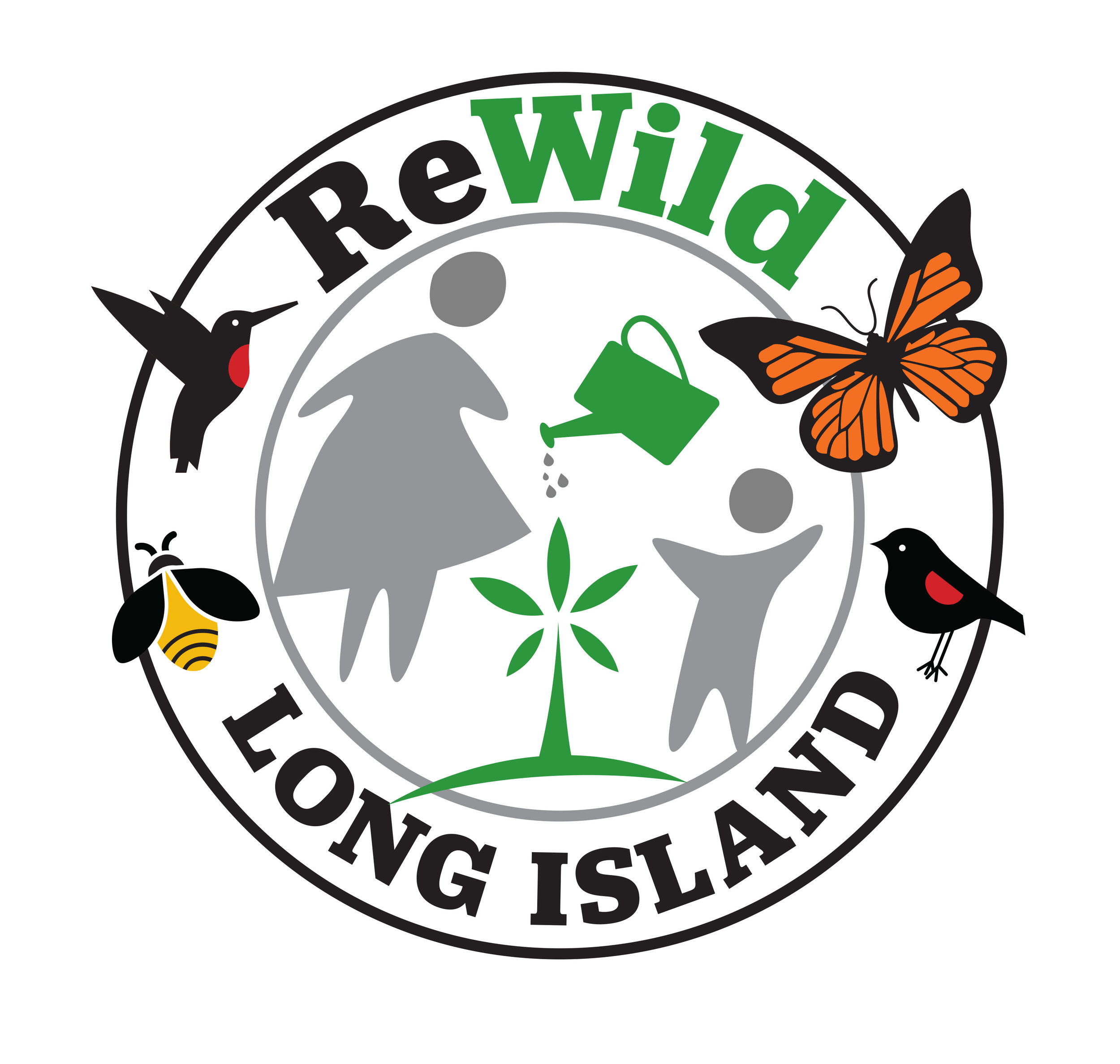Recycling the Holidays: Christmas Trees and Holiday Decorations
By Uma Magi
The holidays are over and decorations are starting to come down. Ornaments and lights are being put away into boxes, Christmas trees are being removed, and many things just need to be disposed of. How can we be environmentally responsible in these actions?
How can we recycle Christmas trees?
For Christmas trees, some towns on Long Island collect them and chip them into mulch or use them as erosion barriers, and many farms collect these trees for their livestock. Check your town’s website to see when and where you can take or drop off your tree to ensure that it is properly recycled.
Before you recycle…
Before you recycle your tree, ensure that you remove all decorations, such as tinsel, lights, and ornaments, and remove the tree out of its stand. When taking it out, don’t put your Christmas tree into a plastic bag, and if it is taller than six-seven feet, you must cut it in half in order for it to be collected.
Suffolk County
Nassau County
Creative Crafts
If you want to personally reuse your Christmas tree, there are many crafts for home décor, gardening, and wildlife support.
For home décor, an option is to thinly cut the Christmas tree trunk into wooden coasters. You can also collect dried pine needles and put them into sachets for a winter fragrance. Using the tree branches, you can create wreaths that last the entire year, or create candle holders.
For gardening, mulch and branches can be used over the soil to enrich it, and the tree trunks can be cut and used as natural walls or on edges of pathways. Other uses of branches are that you can use them as support for climbing plants, such as beans or coral honeysuckle.
For wildlife and habitat protection, one option is to cover branches with peanut butter and seeds, which provides food and shelter for birds and small animals. In addition to these bird feeders, you can place these trees in your backyard as a small refuge for these birds and small animals. Another option is to use large branches or whole trees in ponds and lakes as a home for aquatic fish and life.
Recycling other holiday items
For other holiday decorations, such as wreaths, lights, and ornaments, there are various ways to properly recycle them. For Christmas lights, you can take them to your local recycling center as electronic waste, or hand them in to retail recycling programs, such as Home Depot and Lowe’s. Natural wreaths can be used as compost after taking out the metal wire, and artificial ones can be taken to recycling centers that take the material which they are made out of. Additionally, ornaments can be taken to thrift stores or used for cute crafts. Finally, tinsel and artificial trees should be taken to your local recycling center, after checking that they take the material that they are made out of.
What are the benefits of recycling Christmas trees?
Soil and water conservation
Christmas trees can be chipped into mulch, which is like a superfood for soil. For example, sprinkling mulch over soil returns the nutrients from the recycled trees, enriching the soil and improving its quality. Mulch also acts as a barrier over the soil, which helps the soil retain moisture by minimizing water loss by evaporation. This reduces water consumption in gardens and parks, making them more environmentally and financially sustainable. Additionally, recycled trees can be used to create erosion barriers, protecting shorelines and hillsides from being worn away by water and the elements.
Carbon management
Using mulch or compost from recycled Christmas trees returns carbon back into the soil, instead of releasing it into the atmosphere. When trees are recycled, they stay out of composts, where they would naturally decompose and release methane, a greenhouse gas. Overall, recycling Christmas trees into mulch or compost reduces your carbon footprint.
Local ecosystem support
Tree branches can be used to create wildlife habitats, both underwater when sunken or for bird and small animal shelters. These recycled trees can also be used for sand dune stabilization on coastal areas to allow them to rebuild. To add, mulch can be used to maintain park trails and also provide the benefits to community parks and playgrounds. Doing this, local communities can reduce their potential waste and benefit the area for both animals and people.

